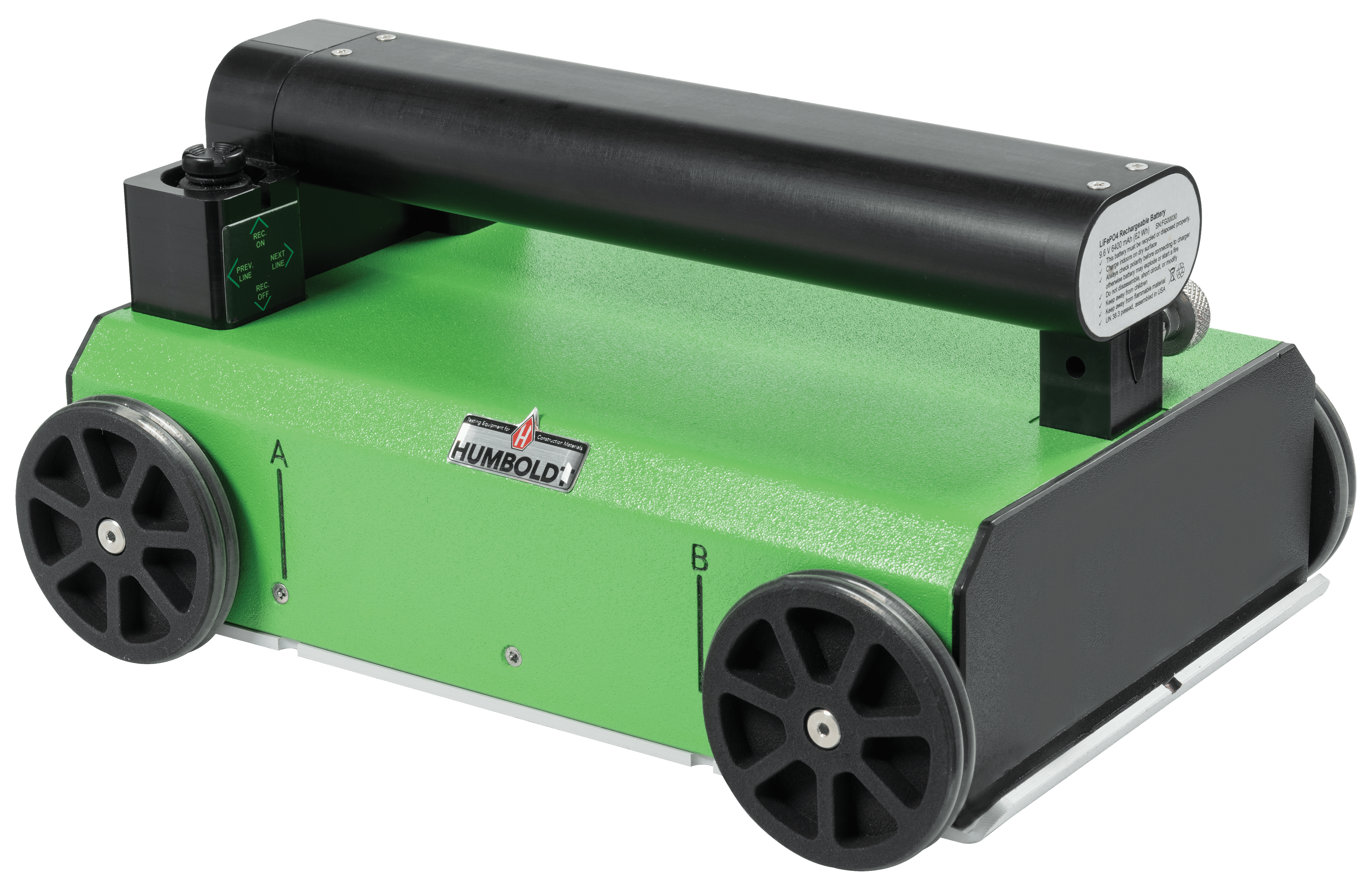Concrete Scanning: A Crucial Action Towards Ensuring Structural Stability and Security
In the world of building and construction and facilities maintenance, the significance of concrete scanning can not be overemphasized. This careful procedure holds the essential to introducing potential hazards hidden below the surface area of seemingly strong frameworks. By utilizing sophisticated modern technology and methods, concrete scanning acts as a crucial tool in making certain that the integrity and security of bridges and buildings are supported to the highest possible requirements. Nevertheless, past its surface-level effects, the duty of concrete scanning prolongs much much deeper than satisfies the eye.
Importance of Concrete Scanning
Concrete scanning plays an important role in making certain the structural honesty and safety and security of structures and framework jobs. By making use of advanced modern technologies such as ground-penetrating radar (GPR) and electromagnetic induction, professionals can non-destructively inspect concrete structures to discover prospective defects, spaces, embedded things, and reinforcement layout. This process enables very early detection of abnormalities that might jeopardize the stability of a structure, preventing expensive problems and making certain the security of residents.
Concrete scanning is specifically essential throughout the preparation and building stages of a job. Before boring, reducing, or coring into concrete, scanning aids identify the precise locations of rebar, post-tension cords, and various other embedded aspects, decreasing the danger of unexpected hits that might result in architectural weaknesses. In addition, concrete scanning help in quality control by validating the thickness of concrete covers and discovering any discrepancies that may affect the total resilience of the structure. Ultimately, purchasing concrete scanning services is not only an aggressive step to minimize risks yet also a fundamental action towards preserving the lasting safety and security and stability of buildings and facilities.
Technology for Concrete Examination

Advantages of Very Early Detection
Timely detection of architectural problems can substantially reduce threats and ensure the durability of building and construction jobs. By determining possible troubles at an early stage in the construction process, stakeholders can take aggressive procedures to address issues before they intensify into larger and linked here much more costly problems. One of the crucial benefits of early discovery is the avoidance of structural failings, which can present serious security threats and result in job hold-ups and monetary losses.
Additionally, early discovery enables timely repair services and maintenance, which can aid extend the life expectancy of the framework. By dealing with concerns quickly, building and construction teams can prevent expensive repairs or even the need for premature substitute of architectural parts. This aggressive strategy not just saves money and time however likewise enhances the total security and resilience of the building and construction project.
Additionally, early discovery can improve task planning and decision-making by supplying stakeholders with useful insights right into the problem of the framework. Armed with this details, task managers can make enlightened options relating to construction techniques, timelines, and materials, causing more reliable and successful project results.
Making Certain Architectural Stability
Making certain the architectural stability of a construction project is extremely important to its safety and security and longevity. Concrete scanning plays an important function in ensuring architectural stability by finding prospective issues such as voids, delamination, or support corrosion that can compromise the integrity of the structure over time.
By utilizing advanced scanning modern technologies like ground-penetrating radar (GPR) and electro-magnetic induction, construction experts can non-invasively inspect concrete frameworks to recognize areas of problem below the surface. This positive technique enables the early discovery of problems or weak points, allowing prompt repairs or support to protect against architectural failures.
Regular concrete scanning during various building stages and throughout the life cycle of a structure can aid preserve its security, alleviate threats, and ensure the safety of occupants. By prioritizing architectural stability via concrete scanning, construction jobs can enhance their durability and durability, ultimately contributing important source to higher security and longevity.
Avoiding Critical Failures
To guard against catastrophic events, precise tracking and aggressive upkeep are essential in avoiding essential failings within architectural structures. Detecting potential concerns before they rise is essential to avoid structural failures. Implementing regular assessments, such as concrete scanning, can expose concealed defects like voids, fractures, or deterioration that might endanger the integrity of a framework. By making use of sophisticated scanning innovations like Ground Permeating Radar (GPR) or Concrete X-ray, designers can non-destructively assess the condition of concrete and determine powerlessness that need reinforcement or fixing - RainierGPR Service Areas.

Verdict
Finally, concrete scanning plays a crucial function in making sure architectural honesty and safety and security by making use of advanced modern technology for very early detection of potential problems. This positive approach helps stop vital failings and guarantees the stability of frameworks. It is essential to focus on concrete examination as a basic practice to protect the long life and security of structures and framework.
Concrete scanning plays a vital function in ensuring the architectural integrity and safety of buildings and facilities projects. In addition, concrete scanning help in top quality control by validating the density of concrete covers and detecting any kind of discrepancies that may influence the general resilience of the structure. Concrete scanning plays a critical function in making certain structural stability by identifying possible issues such as gaps, delamination, or support deterioration that can jeopardize the stability of the framework over time.

In verdict, concrete scanning plays an essential role in ensuring structural integrity and security by making use of advanced technology for very early detection of potential issues.